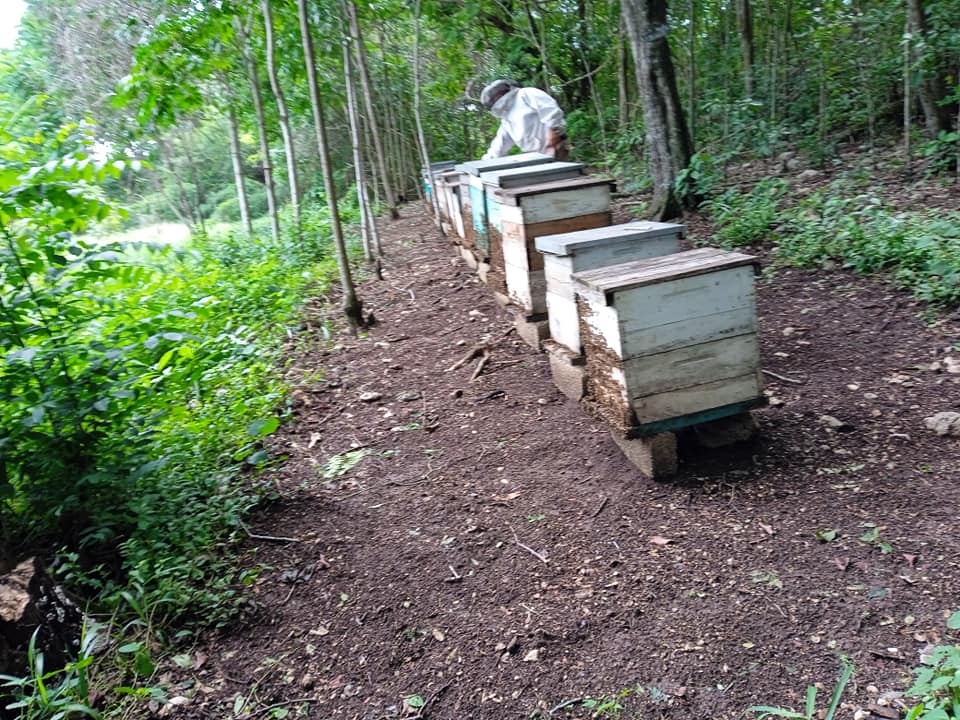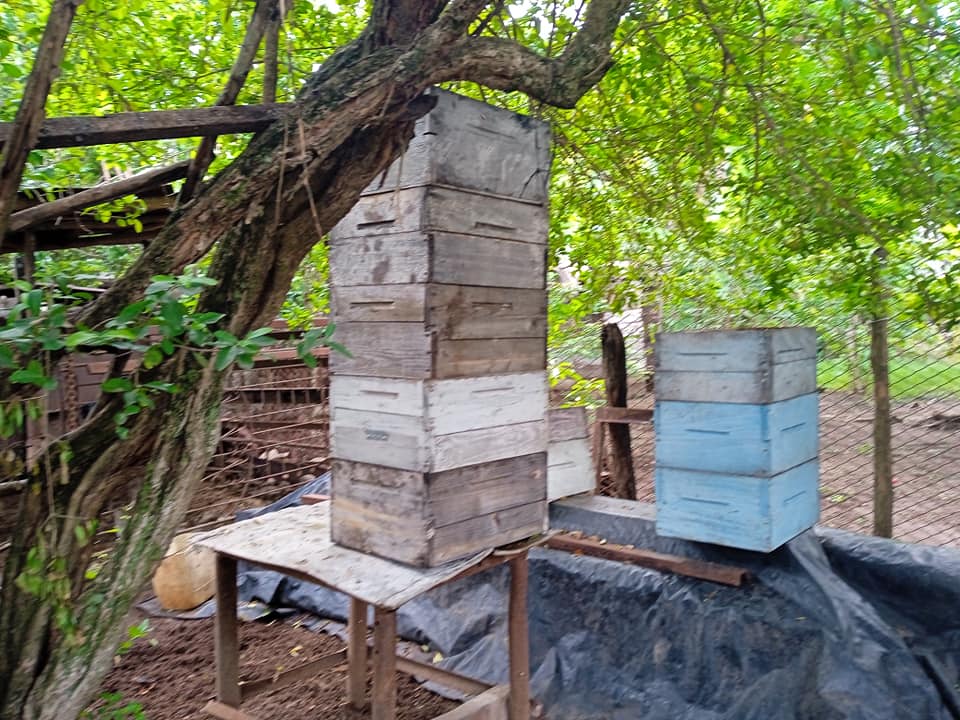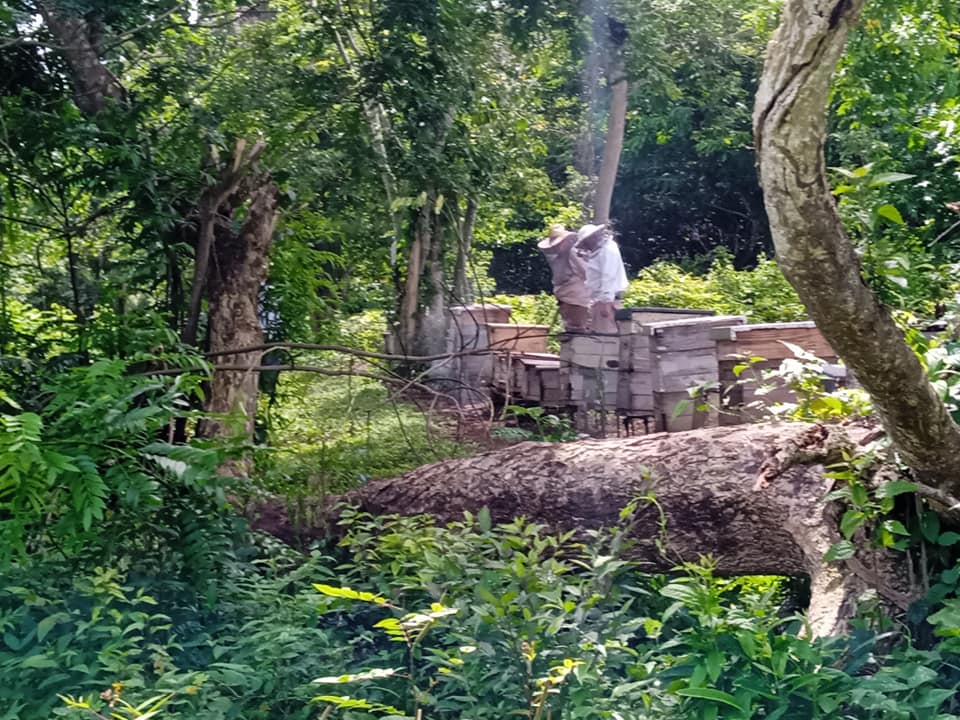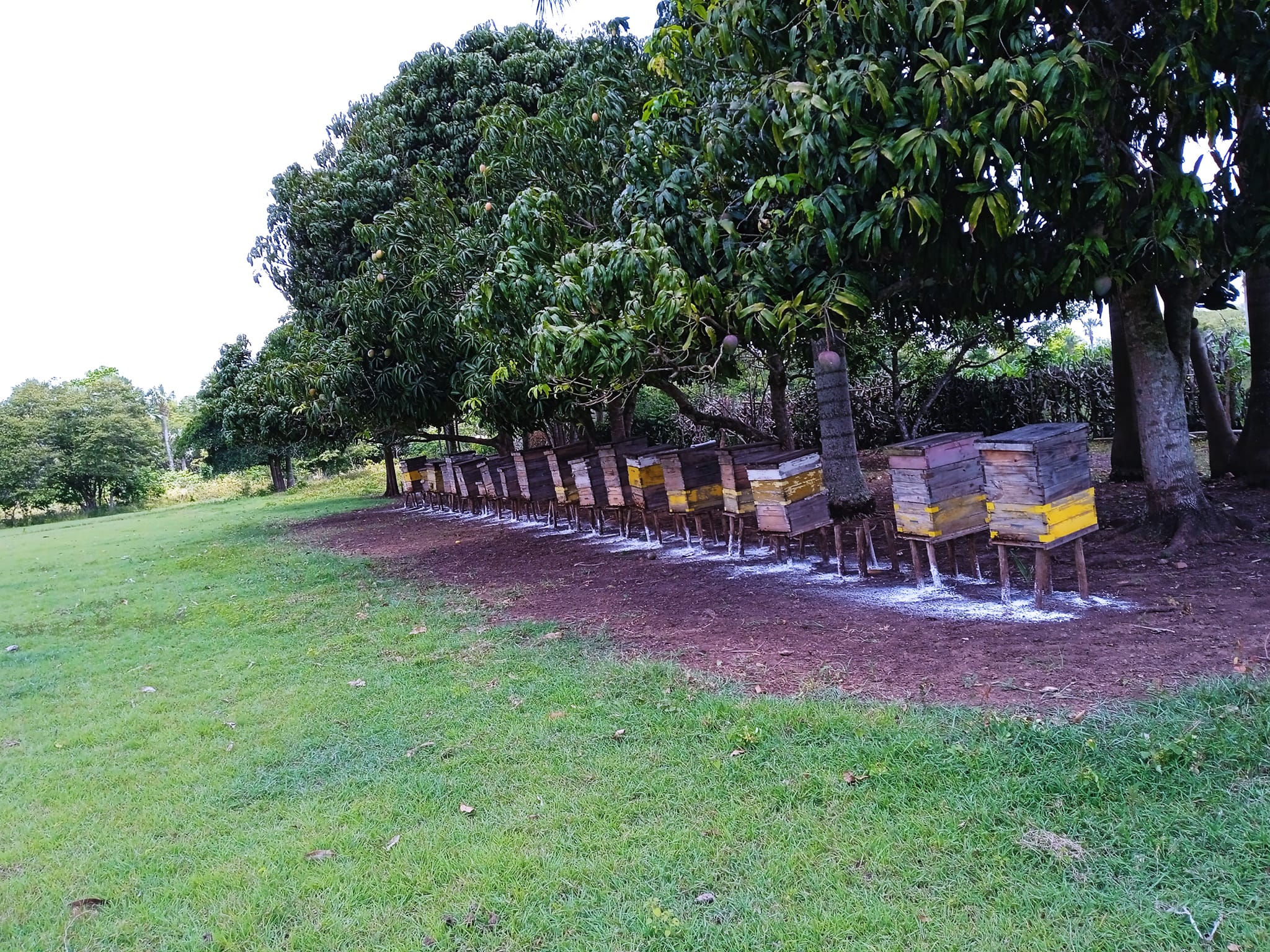
Without being one of the major bee honey-producing provinces in Cuba, the beekeepers of Las Tunas assume a strategy that goes through different scales and ends in the year 2030, with the collection of about 750 tons of this product.
Las Tunas, Cuba.- Will they be able to achieve this goal? How much more needs to be done to make the beehives and their "inhabitants" more efficient? Producers and directors of the basic business unit (UEB) Apicultura believe that it is possible, although the passage of time will mark the path to follow.
In the opinion of this reporter, it is also possible to reach the goal in the period indicated. However, the subjective difficulties, which are not due to the material shortages of these times, but to inertia or lack of initiative, must be corrected now.
The first is the individual will of each producer and his or her motivations to make the activity flow, and the second is that late payments or the lack of attention to these men and women do not hinder a task that is so necessary for the country's economy.
Then, as has been said with other species of productive animals, the bees' food must be guaranteed. To have them like this, "at the mercy of God" would be practically madness because these lands suffer extensive cycles of drought.
It is necessary, then, to increase the nurseries to obtain seeds and seedlings of the bee flora and to sow flowering pine nuts, Indian liana, and purple and white bluebells, among other honey plants, in addition to maintaining the transhumance, depending on the flowering stage in both coasts.
 Increasing the number of hives, with their corresponding queen bees, is another major challenge. According to Luis Manuel Peralta Agüero, director of the UEB, the approximately 150 producers already have 11,500, but the idea is to establish three new hives in the southern municipalities.
Increasing the number of hives, with their corresponding queen bees, is another major challenge. According to Luis Manuel Peralta Agüero, director of the UEB, the approximately 150 producers already have 11,500, but the idea is to establish three new hives in the southern municipalities.
With the good operation of these units and the consolidation of the existing ones, by 2030 the expected number of 17,20 thousand hives could be reached. And with the honey, the collection of wax, propolis, pollen, and royal jelly, which are also very important items, would grow.
The past calendar was not good for the Tuna territory that is the truth. Most of the indicators were far below what was planned and specifically of the leading product, only 336.4 tons were collected, out of the 521.6 tons planned for the period.
The main reason for this was the low rainfall and, consequently, the decrease in nectar-producing flowers. However, insufficient fuel availability and management difficulties on the part of some producers also had an impact.
Securing wood for apiary maintenance was another problem. During the year, the production of hive elements was limited because the suppliers from Mayarí, Guamá, and the local Agroforestry Company did not comply with their agreements.
Preventing diseases of these insects, speeding up compensation to producers, and ensuring the final quality of the substance are other efforts that could be on the right track. The proof is in the results of 2021 when 569.5 tons of honey were collected. And that is the best example.








